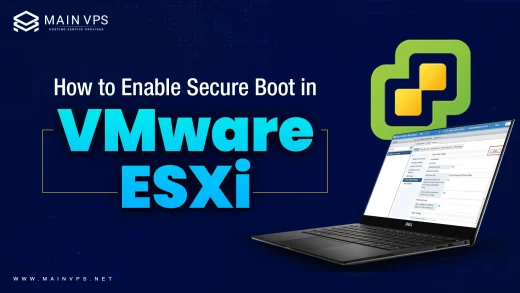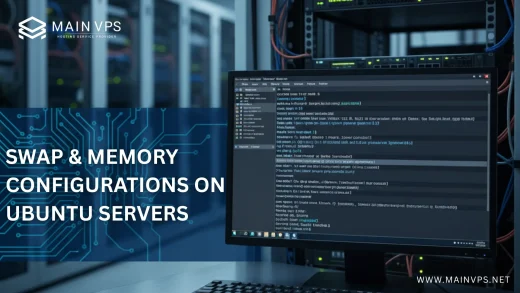
Whether you’re a developer spinning up testing environments, a systems administrator managing infrastructure, or a curious learner exploring Linux on Windows, virtualization tools are your go-to solution. Three of the most popular players in this space are VirtualBox, VMware Workstation, and Microsoft Hyper-V—but which one truly fits your needs?
Let’s break down each tool with real-world insights so you can make the smartest choice for your workflow.
What Is a Virtualization Platform?
In simple terms, virtualization allows you to run multiple “virtual” machines (VMs) on a single physical computer. Each VM acts like a completely separate computer with its own operating system. Virtualization saves money, time, and space while offering flexibility and security.
Meet the Contenders
VirtualBox
- Developer: Oracle
- Type: Type-2 Hypervisor (runs on top of an existing OS)
- Platforms: Windows, Linux, macOS
- Cost: Completely Free & Open Source
VirtualBox is beloved by developers and hobbyists alike. It’s easy to install, works on nearly any system, and supports almost every operating system as a guest.
Ideal for: Home labs, learning environments, cross-platform testing.
VMware Workstation Player/Pro
- Developer: VMware (now part of Broadcom)
- Type: Type-2 Hypervisor
- Platforms: Windows, Linux
- Cost: Free (Player), Paid (Pro version with advanced features)
VMware is a household name in virtualization and for good reason. its Workstation offers excellent hardware compatibility, smooth performance, and features like cloning, snapshots, and shared folders.
Ideal for: Developers, IT professionals, and users who want performance and advanced VM control.
Hyper-V
- Developer: Microsoft
- Type: Type-1 Hypervisor (runs directly on hardware, more efficient)
- Platforms: Windows 10/11 Pro, Enterprise, Server editions
- Cost: Included in Windows Pro/Enterprise
Hyper-V is deeply integrated with Windows, making it a great fit for enterprise users or anyone already inside the Microsoft ecosystem. It supports features like nested virtualization, shielded VMs, and live migration in Server environments.
Ideal for: Windows-heavy environments, enterprise use, and serious infrastructure tasks.
Quick Comparison Table
| Feature | VirtualBox | VMware Workstation | Hyper-V |
|---|---|---|---|
| OS Compatibility | Windows, Linux, macOS | Windows, Linux | Windows only |
| License | Free | Free/Paid | Free with Windows Pro |
| Snapshot Support | Yes | Yes | Yes |
| 3D Graphics Acceleration | Basic | Advanced | Basic |
| Performance | Good | Excellent | Very High |
| UI Friendliness | Simple | Polished | Integrated |
| Live Migration | No | No | Yes (Windows Server) |
| Nested Virtualization | Yes (some setups) | Yes | Yes |
| Best Use Case | Learning/testing | Pro development/labs | Enterprise IT, servers |
Deeper Dive: Strengths & Weaknesses
VirtualBox: The Open-Source Favorite
Pros:
- Free forever
- Cross-platform compatibility
- Active community support
- Lightweight on resources
Cons:
- Slower performance with heavy VMs
- Less refined GUI
- Limited 3D acceleration
VMware Workstation: Feature-Rich Powerhouse
Pros:
- Near-native VM performance
- Unity mode (seamlessly integrates guest apps with host)
- Great for heavy multi-VM testing
- Wide range of guest OS support
Cons:
- Costs money for full-featured Pro version
- Only supports Windows and Linux hosts
- Heavier on system resources than VirtualBox
Hyper-V: Enterprise-Ready Power Tool
Pros:
- Integrated into Windows OS
- Uses fewer resources (Type-1)
- Ideal for Microsoft-based environments
- Great scalability for server virtualization
Cons:
- No support on Windows Home
- Fewer guest OS types supported
- UI less intuitive for beginners
Which One Should You Choose?
Here’s how to decide based on your needs:
| You Are… | Choose… |
|---|---|
| A Linux enthusiast on macOS | VirtualBox |
| A developer running VMs daily | VMware Workstation |
| An enterprise Windows admin | Hyper-V |
| A student learning virtualization | VirtualBox |
| A penetration tester/lab user | VMware Workstation |
| Someone using Windows Home | VirtualBox (or upgrade to Pro for Hyper-V) |
Security Considerations
- VMware and Hyper-V offer better isolation and encrypted VM support than VirtualBox.
- Hyper-V supports “shielded VMs” for enterprise-grade security.
- VirtualBox is open-source, so you can review the code—but you need to keep it updated manually.
Geo-Aware Considerations
For users in regions like India, Southeast Asia, and Latin America, where hardware resources may be limited:
- VirtualBox offers lightweight usage and runs well on older laptops.
- Hyper-V requires Windows Pro—make sure your license supports it.
- VMware offers the best performance but also demands more from your hardware.
Frequently Asked Questions (FAQs)
Q1: Can I run all three on one machine?
Technically yes, but not recommended simultaneously. Hyper-V often conflicts with VMware and VirtualBox due to virtualization mode control.
Q2: Is VirtualBox really free for commercial use?
Yes, it’s released under the GPLv2 license. However, the Extension Pack (for USB 2.0/3.0, RDP, etc.) is under a PUEL license for personal use only.
Q3: Does Hyper-V support Linux guests?
Yes, Hyper-V supports major Linux distros like Ubuntu, CentOS, Debian, and even nested virtualization with newer kernels.
Q4: Which tool is best for running Android emulators or Kali Linux?
VMware Workstation or VirtualBox. Both handle graphical environments better than Hyper-V for non-Windows guests.
Q5: Which offers the best performance?
Hyper-V (on Windows Server or Pro) generally offers the best raw performance due to its Type-1 nature. VMware Workstation is a close second.
Final Thoughts
All three tools—VirtualBox, VMware, and Hyper-V—are powerful and reliable. The best choice comes down to your OS, performance needs, and how deep you plan to go with virtualization.
If you’re learning, start with VirtualBox, or a professional, invest in VMware. If you’re managing a business network, Hyper-V is your best friend.





